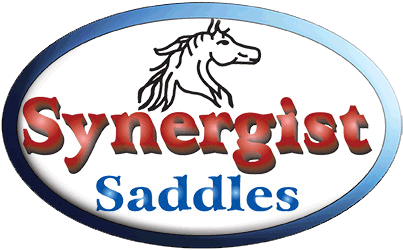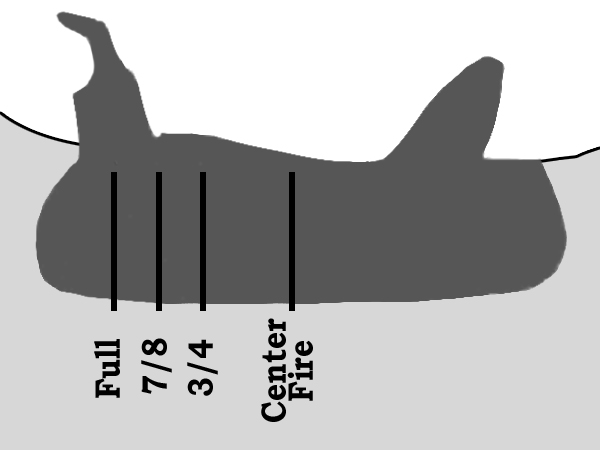We’ve all heard different terms when it comes to the rigging position on a western saddle. Full rigging, centerfire, 3/4, 7/8 etc. Though some people try to make it sound complicated it really isn’t that hard to grasp. These names refer to where on the saddle the main rigging is located front to back.
Basically if we divide the saddle in half between the cantle and the swell and rigged it there this would be center fire rigging. If we rigged the saddle straight down from the swell (pommel) it would be full or “Spanish” rigged. 3/4 or 7/8 rigging would be 3/4 or 7/8 of the way between the cantle and the swell.
Center fire rigging was popular in the 19th century but is seldom used today. The main reason is that only the first eight rib pairs are attached rigidly to the sternum or breast bone, the others are attached only by cartilage. With true center fire rigging the cinch is actually on the floating ribs behind the sternum.
Our cinch should always rest on the sternum in the area of the first eight ribs. Full rigging is not used much because it pulls straight down and puts a lot of pressure right behind the shoulder blade making it hard for the horse or mule to work. Also, it tends to tip the saddle up in the back. If your saddle is full rigged you should think about snugging up your flank cinch so you have even downwards pull in the front and the back.
3/4 and 7/8 rigging is the most popular choice for most production line saddles because somewhere between 70% and 80% of horses will be alright with this position. What about the other 20% to 30%? The proper rigging position on a saddle should be determined by the horse’s confirmation. There is an offset between where the back of the front leg comes out of the body and the back edge of the scapula. The rigging should be set according to this offset.


Comments 1
Very helpful